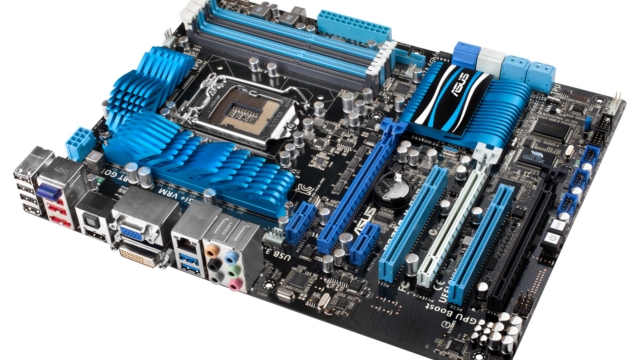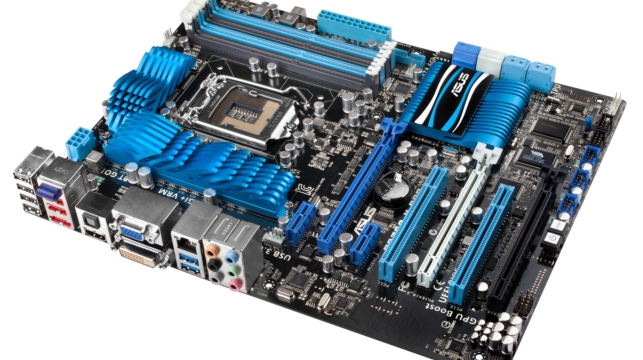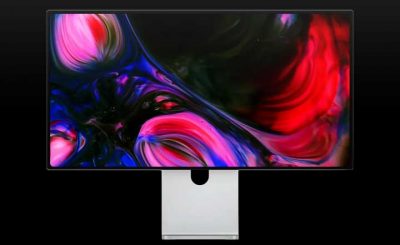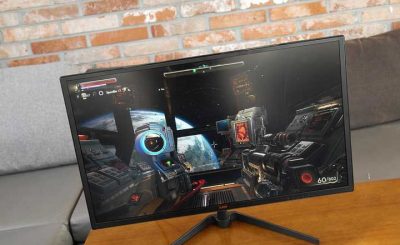
First Look
If you’re looking for lower price alternative for the Z68 motherboard from ASUS P8Z68-V PRO is worthy to consider.
. The PCB design, colors including their back panel I/O are identical. But wait, how about their performance and features? Yes, they’re all the same.
The P8Z68-V PRO has a traditional ASUS looks with the combinations of black, blue and white colors that makes it very appealing to anyone’s eye, with almost identical with the P8P67 Pro motherboard.
The 3 PCI-E slots are well spaced for proper air breathing. The 4 DIMM slots are well position to prevent it from touching in case a big long GPU was installed. The 24/8 pin ATX power connectors and the 6 SATA ports are installed in right angle are all well placed for easy access and neat wiring.
All heatsinks are all in great shape to withstand any heat during stress tests and has a very stylish looks which is also one of the ASUS Fanless features that reduce the noise.
Specs
The Specifications Of the Motherboard are below :
| Market Segment | Performance |
| CPU Interface | LGA 1155 |
| CPU Support | i3/i5/i7 Sandy Bridge |
| Chipset | Z68 |
| Base Clock Frequency | 80.0 MHz to 300.0 MHz in 0.1 MHz intervals |
| DDR3 Memory Speed | 1333 MHz by default, 800-2400 MHz supported |
| Core Voltage | Auto, offset or fixed modes, 0.800 V to 1.990 V in 0.005 V intervals |
| CPU Clock Multiplier | Dependent on CPU |
| DRAM Voltage | Auto, 1.2 V to 2.2 V in 0.000625V intervals |
| DRAM Command Rate | Auto, 1T-3T |
| Memory Slots | Four 240-pin DDR3 DIMM slots in dual-channel Regular unbuffered DDR3 memory Up to 32GB total supported |
| Expansion Slots | 3 x PCI Express 2.0 x16 slots (x16/x0 or x8/x8, final x1 or x4) 2 x PCI Express 2.0 x1 slot 2 x PCI slots Supports ATI Crossfire Supports NVIDIA SLI |
| Onboard SATA/RAID | 2 x SATA 6.0 Gbps ports (white) supporting RAID 0/1/5/10 4 x SATA 3.0 Gbps ports (light blue) supporting RAID 0/1/5/10 2 x SATA 6.0 Gbps ports (dark blue) from Marvell 1 x eSATA 3.0 Gbps ports from JMicron JMB362 |
| Onboard | 4 x SATA 3Gbps connectors 4 x SATA 6Gbps connectors 6 x Fan Headers (2×4-pin, 4×3-pin) 3 x USB 2.0 headers support additional 6 USB 2.0 Ports 1 x USB 3.0 header supports additional 2 USB 3.0 Ports 1 x Power on button 1 x Reset button 1 x Front panel audio header 1 x S/PDIF out connector 2 x Firewire/IEEE 1394 headers TPU/EPU/MemOK buttons |
| Onboard LAN | Intel® 82579 Gigabit Fast Ethernet |
| Onboard Audio | Realtek® ALC892 8-Channel HD Audio |
| Power Connectors | 24-pin EATX Power connector 8-pin EATX 12V Power connector |
| Fan Headers | 2 x CPU Fan (4-pin, 3-pin) 2 x CHA Fan (4-pin, 3-pin) 2 x PWR Fan (3-pin) |
| IO Panel | 1 x RJ45 LAN connectors 1 x Audio port (Line-in, Line-out, Mic-in) 6 x USB 2.0 ports 2 x USB 3.0 ports 1 x Optical S/PDIF Out connector 1 x IEEE 1394 port 1 x eSATA 3Gbps ports HDMI video output DVI video output VGA video output |
| BIOS Version | 8801 |
| Warranty Period | 3 Year |
Testing The ASUS P8Z68-V
The ASUS P8Z68-V PRO was tested using the Core i7 2600K processor. The 2600K has a stock frequency of 3.4GHz with 100MHz BCLK and a multiplier of 34. The good thing about the unlock version of Sandy Bridge processor is that you can easily do your overclocking by simply increasing its multiplier. But the bad thing is, not much in its Base CLK you’ll be lucky if you go further than 105MHz. Because, that’s what the Sandy Bridge processors are made of.
Setting the multiplier at 47 and a BaseCLK at 100MHz we get a stable 4.7GHz and crashed at x48 therefore not possible at 4.8GHz. We want to push it further by increasing the BCLK with the best possible at 103.5 and lowering the multiplier at 46 we get a stable 4.761GHz. An increased of 1.31GHz or 40% on top of 3.4GHz stock speed. These increased can relatively observe on its overall benchmark performance especially in any 3D games.
Overclocking the IGP at 1800MHz which surpasses the 1350MHz, an increase that can be made at 50MHz per steps. After doing some overclocking at the IGP, the results doesn’t show much improvement in its performance. Even it doesn’t show much improvement at overclocked speed its Quick Sync feature on the Sandy Bridge processor is still unbeatable when it comes to transcoding applications.
Pictures



In the End
Though at this price, we’d perhaps ask for a little more to be in the boxed product—a few more SATA cables perhaps, or a full USB 3.0 3.5″ bay. As much as this was a review about the ASUS board, it’s also a first impression of the Z68 chipset through the ASUS P8Z68-V PRO.
The ultimate combination of P67 and H67 was inevitable—if Intel were going to market a series of processors with integrated graphics, it would seem odd not to include connectors on every chipset for those graphics. That’s what happened with P67, when Intel decided that enough people wanted discrete GPU performance that the integrated GPU wouldn’t get a look-in. Though with the virtues of Quick Sync, there had to be a way of providing one chipset that tried to do everything—overclocking the CPU, overclocking the integrated GPU, multiple discrete GPU setups, the works.
There was a sigh of relief when Lucid developed a software solution to allow them all to work together—the integrated GPU for low throughput graphics, a discrete GPU for gaming, and any situation to be able to use the integrated GPU for highly specialized applications. Virtu is a nice bit of kit, but in terms of power saving, if you’re not using Quick Sync, there isn’t much to be saved as graphics card manufacturers are pretty good on low power states.
The ultimate question is—should I upgrade to Z68? You may have realized I haven’t talked about SSD caching yet—I’ve left that up to Anand to discuss and report on, but it’s a feature worth considering. From my perspective, if you want an all-round computer that plays games and uses Quick Sync and the other specialties that the iGPU can provide, then Z68 is a logical upgrade. However, if you already have a discrete GPU and P67, unless you’re really big on video transcoding there’s no point in replacing your current board.
I know that prices for Z68 boards will be as low as $120 from some manufacturers, and as high as $350. The price difference in all these boards is similar to that of the P67—stability at high overclocks, features such as more and more SATA ports, increased support for better cooling, etc. Does that mean that the ASUS P8Z68-V PRO is a good buy.










